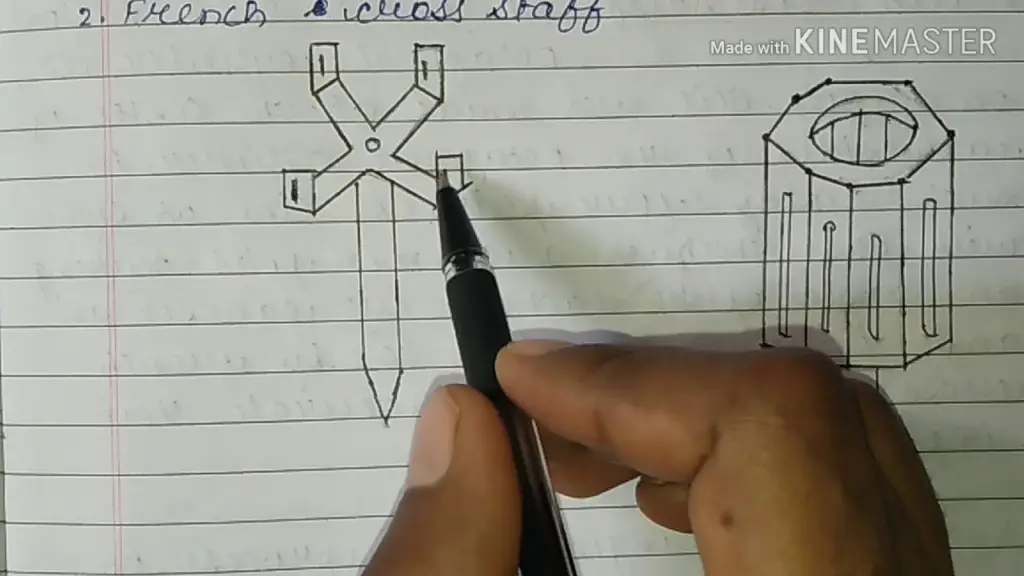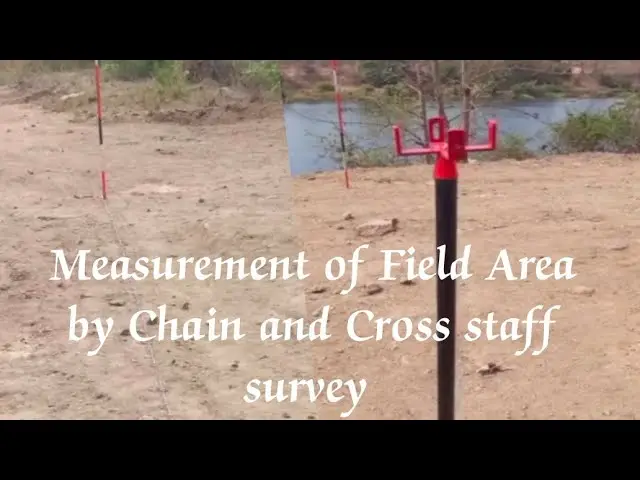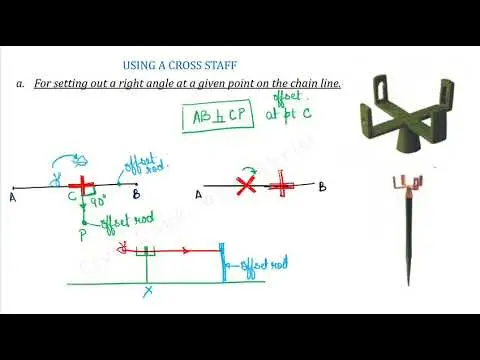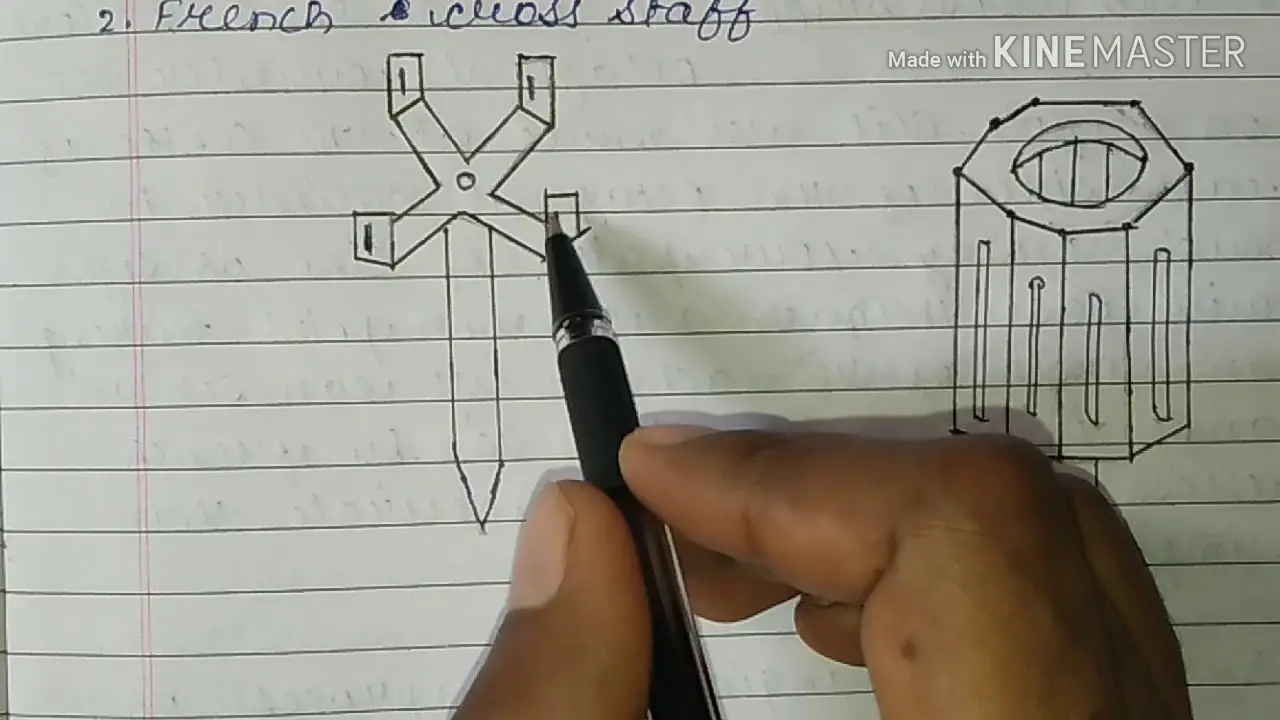A cross staff, also known as a Jacob’s staff or a surveyor’s staff, is a measuring instrument that was historically used in land surveying and navigation. The instrument consists of a long, straight staff with a transverse bar, or crosspiece, that can be moved up and down the staff. The cross staff is used to measure angles, specifically the angular distance between two points.
History
The earliest known use of the cross staff dates back to ancient Egypt, where it was used for astronomical observations. The instrument was later adopted by medieval navigators and surveyors, who used it to measure the angular distance between two landmarks in order to determine their relative positions.
Also Read: The Benefits of Mapping via Ground Probing Radar Surveys

Types of cross staff
There are several different types of cross staff, each with its own distinct features and uses.
- The open cross staff, for example, is a simple instrument that consists of a staff with a transverse bar at one end. It is used to measure the angle between a single point and the horizon.
- The French cross staff, on the other hand, has a sighting vane at the top of the staff and a sliding crosspiece that can be moved along the staff. This type of cross staff is used to measure the angle between two points.
- The adjustable cross staff is an advanced type of cross staff that has a movable crosspiece and a sighting vane, allowing for more precise measurements.
Benefits
The cross staff has several benefits in surveying. One of the main benefits is that it is a relatively simple and inexpensive instrument to use, making it accessible to surveyors with limited resources. Additionally, the cross staff is highly portable, making it ideal for use in remote or rugged terrain. The instrument is also relatively easy to use, even for those with limited training in surveying.
Also Read: Difference between Prismatic and Surveyor Compass – Types – Uses
Despite the benefits of the cross staff, the instrument has largely been replaced by more advanced surveying tools, such as theodolites and total stations. These newer instruments are more accurate and efficient than the cross staff and are better suited to modern surveying needs. However, the cross staff is still used in some remote or developing regions where more advanced surveying tools are not available.

How to use cross staff in surveying?
Using a cross staff in surveying involves the following steps:
- Set up the cross staff on a tripod or other stable base. Make sure that the staff is vertical and the crosspiece is level.
- Sight the first point that you want to measure the angle to. This is typically a landmark or other reference point. Position the crosspiece so that it is directly in front of the point.
- Sight the second point that you want to measure the angle to. This is typically the point that you want to locate on the survey. Move the crosspiece so that it is directly in front of the second point.
- Measure the angular distance between the two points by reading the scale on the staff. The scale is typically marked in degrees, and the measurement can be read to the nearest degree or tenth of a degree.
- Record the measurement in your survey notes, along with the name or identification of the two points.

It is important to note that, the cross staff requires some practice to be able to use it properly. It is also important to make sure that the instrument is in good condition and that the crosspiece and sighting vane are properly aligned. Additionally, it is important to use the instrument in a location with good visibility, such as on a clear day with low atmospheric distortion.
Like Us on Facebook!
Also Read: Instruments used in chain surveying
Subscribe Us on YouTube!
Also, it is important to consider the different types of cross staffs and their specific features when using them. For example, an open cross staff can be used to measure the angle between a single point and the horizon. On the other hand, the French or Adjustable cross staff can be used to measure the angle between two points with more precision and accuracy.
Conclusion
The cross staff is a historical measuring instrument that has been used for centuries in land surveying and navigation. While it has been largely replaced by more advanced surveying tools, it still has its benefits in terms of simplicity, portability and ease of use. There are different types of cross staffs like open, French, Adjustable cross staff and each of them has its own uses and features.

















